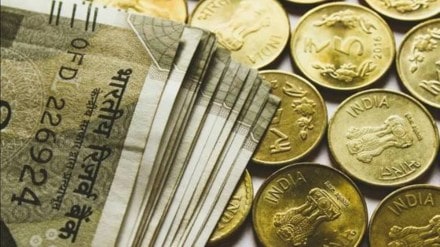The expenditure by states on subsidies rose at a faster pace even as their capital spending slowed down in FY23. As a result, some states reported more spending on subsidies than on capex in the year, a review of the spending patterns of 20 states by FE revealed. The spend on subsidies by these states, contributing 90% of the country’s gross domestic product (GDP), showed that their expenditure on subsidies, including the items that can be called ‘freebies’ rose by 19% to `2.8 trillion in FY23. This was against 16% growth witnessed in the previous year.
However, their capex growth was flat in FY23 at about `4.82 trillion (excluding central capex support) compared with 29% growth in FY22.In case of three states – Punjab, Rajsthan and Haryana – the spending on subsidies was even higher than the capex in FY21-FY23. Despite its precarious finances, Punjab’s expenditure on subsidies was `44,871 crore in the three years to FY23, more than double of its capex of `19,112 crore.
In FY23, Punjab was an outlier with a subsidy expenditure of `20,607 crore, three times its capex of `6,720 crore. The largesse was mainly for giving free power to households and farmers. The state’s debt-to-GSDP ratio was the highest in the country at about 48% in FY23.Rajasthan (debt-GSDP at 40%) and Haryana are two other states where the capital expenditures are lagging behind the expenditure on subsidies (see chart).With many states going to elections, spending on subsidies on power, water and transportation are likely to see a further spike in the current year.
With an eye on assembly elections by 2023-end, the Rajasthan government announced last week to give the first 100 units of electricity free of cost to each family. In FY23, Rajasthan spent `26,166 crore on subsidies while it invested `24,526 crore on asset creation for supporting economic activities and growth.
In absolute terms, Maharashtra was the biggest spender on subsidies at `43,149 crore in FY23 (`61,591 crore on capex), followed by Tamil Nadu at `29,557 crore (`38,732 crore capex). Given that Maharashtra has announced to give `6,000 to each farmer household in FY24, its subsidy spending will rise further.
The Congress party, which came to power in Karnataka recently, had promised freebies, which analysts peg could cost the state exchequer up to `40,000 crore per annum. These include 200 units of free power to all households, `2,000 monthly assistance to the woman head of every family, `3,000 allowance per month for unemployed youth with a graduate degree and free travel for women in buses. Karnataka was reporting no expenditure on subsidies till FY23 as per the CAG data.With the temptation of getting into non-merit expenditure is very high among some states, the Central government has already regulated their borrowings under Section 293 of the Constitution from FY23.
The Centre tightened borrowing norms for the states by including off-Budget liabilities as part of the states’ annual net borrowing ceiling, which resulted in some states losing a portion of their quota for FY23, as the Centre adjusted a portion of such off-balance sheet debt in this fiscal’s limit. As many states are reluctant to rein in subsidies, capex might have become a casualty in the process as it has become the resort of first choice to cut spending to maintain fiscal balance.
Hearing a public interest litigation, the Supreme Court also was seized of matters about political parties inducing voters through freebies and how that could be judiciously curbed. The 16th Finance Commission, which will be set up by November this year, might be given a mandate in the terms of reference to look into the issue of freebies and how to disincentivise states from indulging in such fiscal imprudence.
